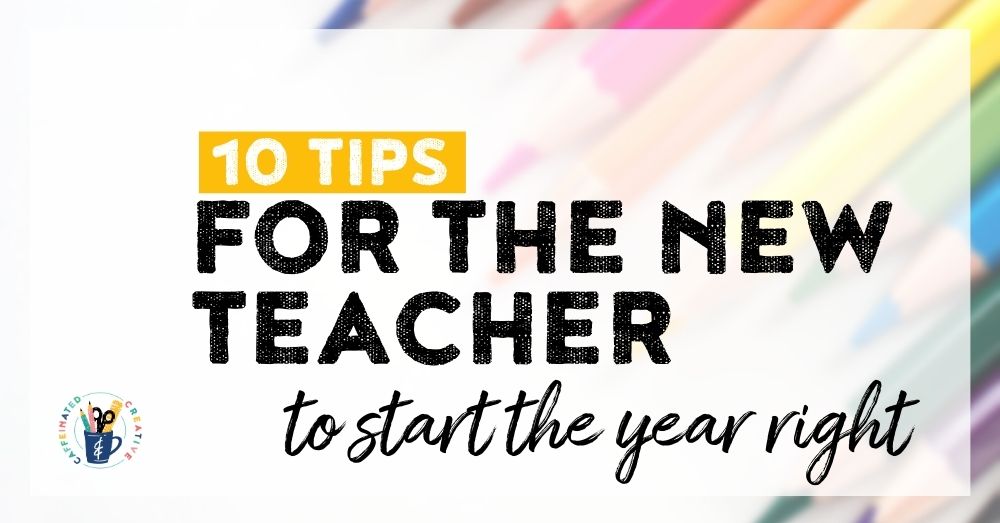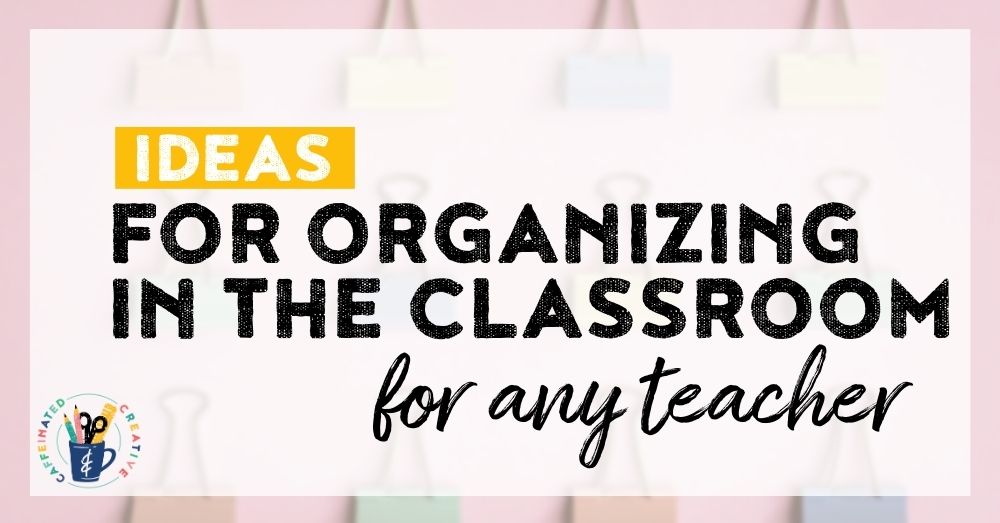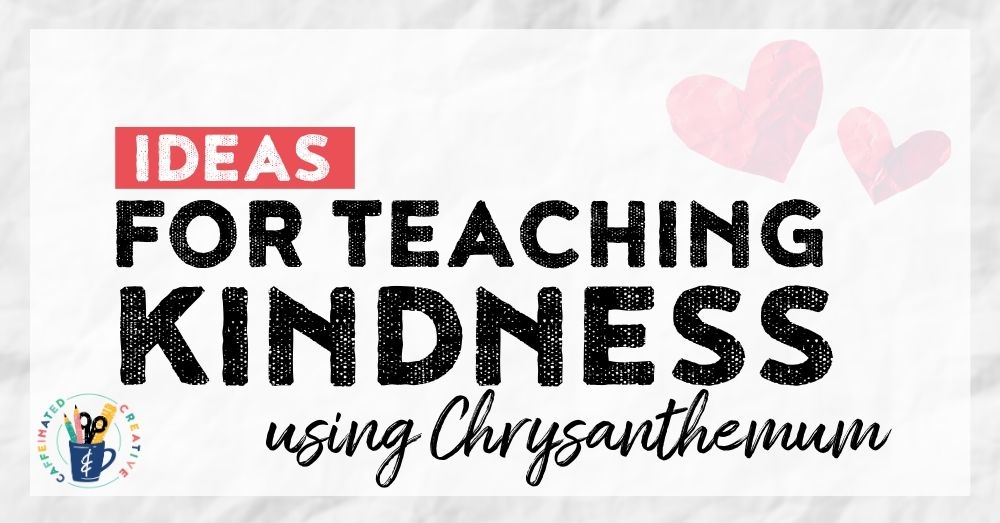Teaching kids about fairness and equity does not have to be hard! Read on for an easy fairness lesson plan that can be done in 20 minutes or less! It’s not fair. Those three little words can sound like nails on a chalkboard to anyone! Even as adults we sometimes find ourselves thinking/asking, “Why did he get a raise, that’s not fair”, or “Why is she getting married before me?” Despite knowing those words make even adults sound like a toddler, we still sometimes mutter them under our breath. Why is this?
Teaching fairness in the classroom seems like a simple concept to educate people about but is actually a little challenging. I saw this one year when I had a class of 28 students. Yes, 28 little seven and eight year old’s in a classroom may not seem like a challenge, but add in these factors.
- Students with anxiety.
- Students with reading intervention.
- Students with math intervention.
- Students who couldn’t write.
- Students with severe behavior issues.
- Students with emotional problems.
Add in all of these factors and you are bound to hear the words “it’s not fair” during the school year. Luckily, I learned a very easy fairness lesson plan that can be used in any grade!
Fairness and Differentiation
The fairness factor comes into play whenever teachers do what they should do, differentiate. Students have different abilities, difficulties, emotions, etc. and as a teacher, you know how to help your students. That kiddo who can’t sit still at their desk? Try a resistance band. Maybe another kid has to sit alone because of severe anxiety. Or how about that student who gets a differentiated worksheet geared towards their needs? Kids start to see these seemingly simple accommodations and that’s when the “it’s not fair” game sometimes begins.
In the past, I had a wide range of classes. Some years the kids were very accepting and understanding of each other’s needs. However, in other years….the calm-down jar was needed by everyone. I heard those three little words every day so I scoured the internet….aka Pinterest…and came across a great fairness lesson plan.
Fairness Lesson Plan
You will need:
- Enough band-aids for everyone in the class.
- Different illnesses/injuries written on sticky notes or index cards- enough for each student
First, give everyone a card with a different injury or illness on it. They can range from mild ( a paper cut) to more severe ( a broken bone). After every student has a card have them discuss their ailments with each other. Then ask a few kids ways they think that they would be able to fix their said ailment. Try and vary the injuries/illnesses greatly. Next, give every student a band-aid. Open the room for discussion. Did the band-aid fix their problem? If a student says the band-aid did not cure the given ailment, ask why. Explain that a band-aid can’t fix everything.
This is where kids usually have the “oh I get it” moment during the lesson. Discuss how like their fake ailments, each of them needs different things to succeed. Talk to them about the importance of fairness and equity in their lives and community. The point is to teach that just because everyone got a band-aid and it seemed fair, it didn’t help everyone. What would actually BE fair is if the ailments were solved. You can also give everyone, but one child a band-aid and discuss how they felt not receiving one.
This fairness lesson plan doesn’t take long at all, but the moral of it will have a lasting impression. It also does not have to break the bank! Ask your school nurse if they have band-aids they can spare or go to the dollar store and grab a pack or two!
If you are looking for even more character lessons, please check out my post A Lesson On Kindness Using Chrysanthemum.
More Back-to-School Posts











Leave a Reply
You must be logged in to post a comment.